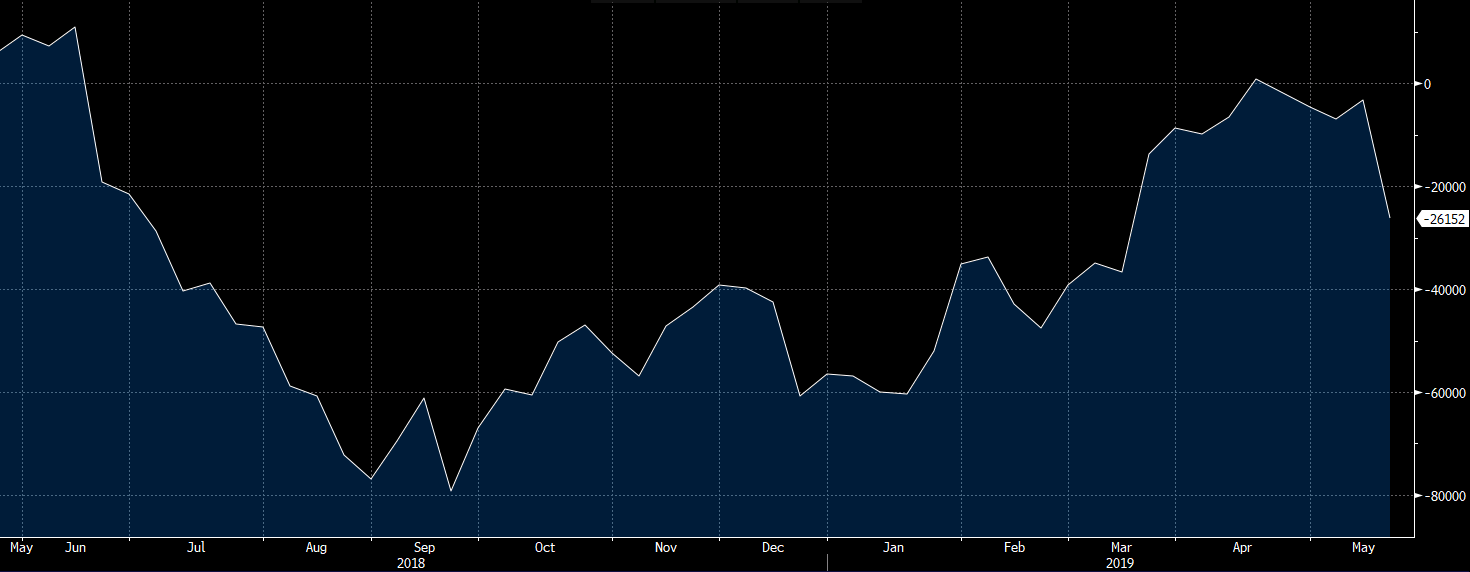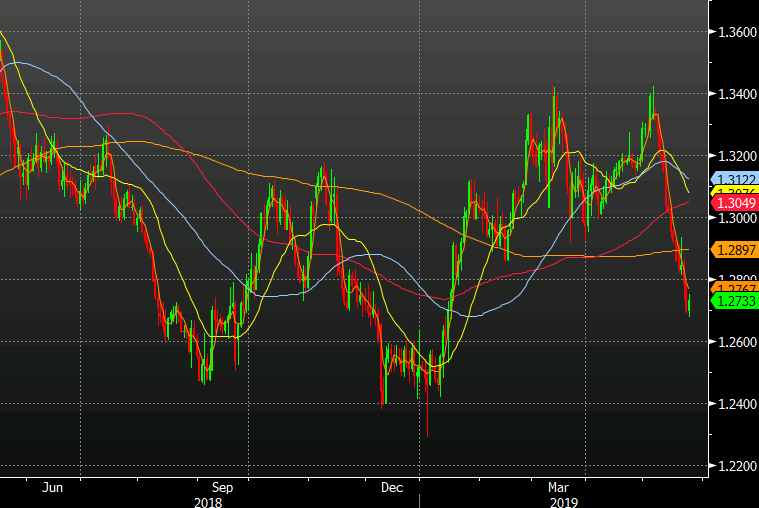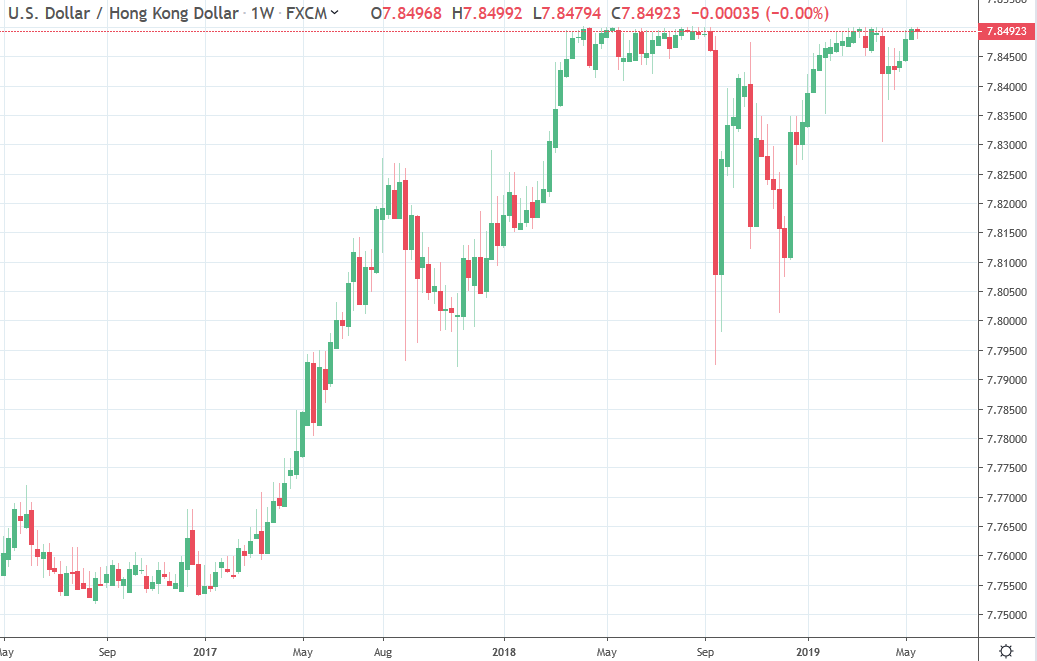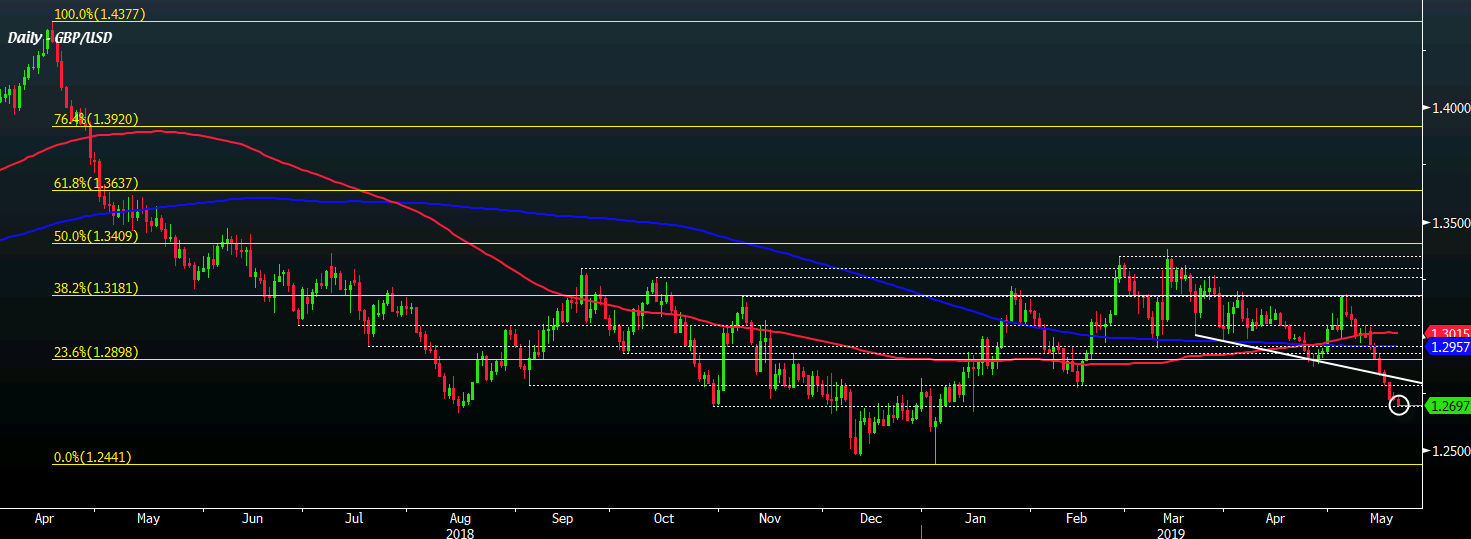GBP/USD extends drop to below 1.2700 now

The dollar is trading higher at the start of the European morning session as it is advancing against the rest of the major bloc, with cable notably falling below 1.2700 to its lowest level since 15 January. Price now is contending with support around 1.2696 but given the trend, it’s hard to argue against the adage of ‘don’t catch a falling knife’.
As mentioned last week, the Brexit quandary looks like it will continue to run its course and with political headwinds still remaining, the argument continues to be that things should get worse for the pound before they get any better.
There is some minor support seen next around 1.2660-70 but at this stage, it’s hard to bet against any solid bounce in cable unless the dollar itself capitulates. Because buyers sure won’t get any help from the pound side of the equation, given the current Brexit situation.









